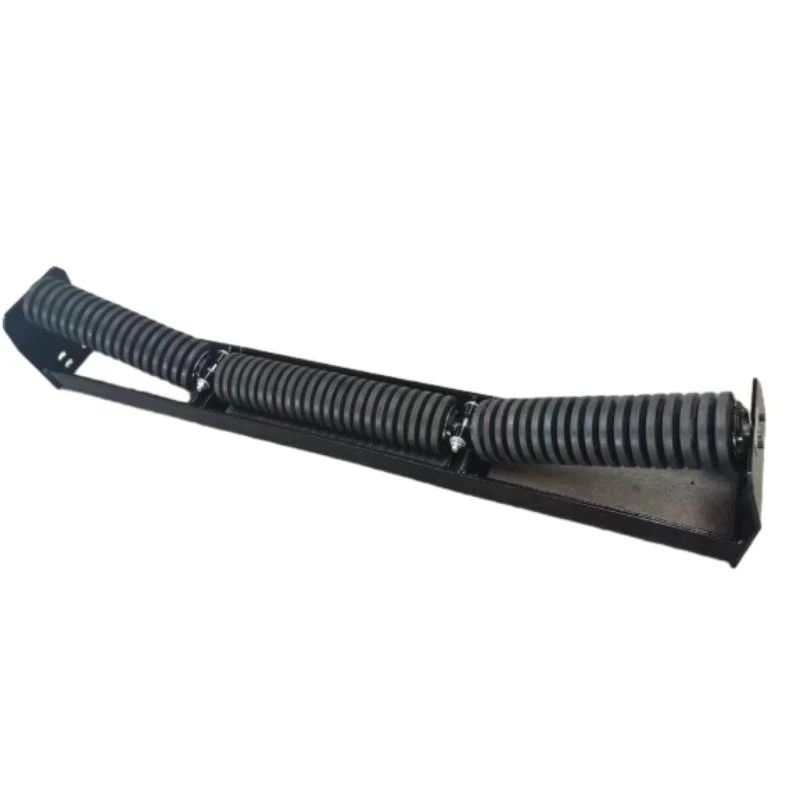 Afrikaans
Afrikaans  Albanian
Albanian  Amharic
Amharic  Arabic
Arabic  Armenian
Armenian  Azerbaijani
Azerbaijani  Basque
Basque  Belarusian
Belarusian  Bengali
Bengali  Bosnian
Bosnian  Bulgarian
Bulgarian  Catalan
Catalan  Cebuano
Cebuano  Corsican
Corsican  Croatian
Croatian  Czech
Czech  Danish
Danish  Dutch
Dutch  English
English  Esperanto
Esperanto  Estonian
Estonian  Finnish
Finnish  French
French  Frisian
Frisian  Galician
Galician  Georgian
Georgian  German
German  Greek
Greek  Gujarati
Gujarati  Haitian Creole
Haitian Creole  hausa
hausa  hawaiian
hawaiian  Hebrew
Hebrew  Hindi
Hindi  Miao
Miao  Hungarian
Hungarian  Icelandic
Icelandic  igbo
igbo  Indonesian
Indonesian  irish
irish  Italian
Italian  Japanese
Japanese  Javanese
Javanese  Kannada
Kannada  kazakh
kazakh  Khmer
Khmer  Rwandese
Rwandese  Korean
Korean  Kurdish
Kurdish  Kyrgyz
Kyrgyz  Lao
Lao  Latin
Latin  Latvian
Latvian  Lithuanian
Lithuanian  Luxembourgish
Luxembourgish  Macedonian
Macedonian  Malgashi
Malgashi  Malay
Malay  Malayalam
Malayalam  Maltese
Maltese  Maori
Maori  Marathi
Marathi  Mongolian
Mongolian  Myanmar
Myanmar  Nepali
Nepali  Norwegian
Norwegian  Norwegian
Norwegian  Occitan
Occitan  Pashto
Pashto  Persian
Persian  Polish
Polish  Portuguese
Portuguese  Punjabi
Punjabi  Romanian
Romanian  Russian
Russian  Samoan
Samoan  Scottish Gaelic
Scottish Gaelic  Serbian
Serbian  Sesotho
Sesotho  Shona
Shona  Sindhi
Sindhi  Sinhala
Sinhala  Slovak
Slovak  Slovenian
Slovenian  Somali
Somali  Spanish
Spanish  Sundanese
Sundanese  Swahili
Swahili  Swedish
Swedish  Tagalog
Tagalog  Tajik
Tajik  Tamil
Tamil  Tatar
Tatar  Telugu
Telugu  Thai
Thai  Turkish
Turkish  Turkmen
Turkmen  Ukrainian
Ukrainian  Urdu
Urdu  Uighur
Uighur  Uzbek
Uzbek  Vietnamese
Vietnamese  Welsh
Welsh  Bantu
Bantu  Yiddish
Yiddish  Yoruba
Yoruba  Zulu
Zulu pulley rubber lagging
The Importance of Pulley Rubber Lagging Enhancing Efficiency in Industrial Applications
In the realm of industrial machinery, operational efficiency and durability are paramount. One component that plays a critical role in achieving this is the pulley, specifically the rubber lagging that is applied to its surface. Rubber lagging is an essential feature in many conveyor systems and heavy machinery, providing numerous benefits that enhance both performance and longevity.
What is Pulley Rubber Lagging?
Pulley rubber lagging refers to the rubber material that is adhered to the surface of a pulley. This layer acts as a protective barrier, improving the pulley’s grip on the conveyor belt while also reducing wear and tear. Commonly used in various industries, including mining, manufacturing, and material handling, rubber lagging comes in different forms and thicknesses, tailored to meet specific operational requirements.
Benefits of Rubber Lagging
1. Enhanced Traction One of the primary advantages of rubber lagging is the increased friction it provides between the pulley and the conveyor belt. This enhanced traction minimizes slippage, ensuring that the materials being transported move efficiently without interruption. In high-load applications, this is particularly crucial to maintaining productivity levels.
2. Reduction of Wear and Tear The use of rubber lagging significantly inhibits the wear of both the pulley and the belt. By providing a cushion that absorbs impact, lagging helps to prolong the lifespan of both components. This protective aspect is particularly beneficial in environments where heavy loads and continuous operation are the norms.
pulley rubber lagging

3. Noise and Vibration Damping Rubber is known for its ability to dampen vibrations and reduce noise levels. By incorporating lagging, industries can benefit from quieter operations, which not only improves working conditions but also helps in meeting regulatory noise level standards.
4. Water and Corrosion Resistance Many types of rubber lagging are designed to resist moisture and various chemicals, making them ideal for use in wet or corrosive environments. This quality protects the underlying metal components of the pulley from rust and degradation, ensuring operational reliability over time.
5. Cost-Effectiveness Investing in pulley rubber lagging can lead to significant cost savings. While there is an upfront cost for installation, the reduction in maintenance downtime and replacement of components ultimately results in lower operational costs. Efficient systems minimize the need for repairs and replacements, directly impacting a company’s bottom line.
Applications of Rubber Lagging
Rubber lagging is widely utilized in numerous sectors. In mining, where heavy loads are typical, rubber-lagged pulleys can handle the demands of transporting ores and other materials. Similarly, in the manufacturing industry, where conveyor systems are essential for production lines, the reliability and efficiency provided by rubber lagging are invaluable.
Conclusion
In summary, the application of rubber lagging on pulleys is an essential practice that enhances the efficiency, durability, and cost-effectiveness of industrial operations. As industries continue to evolve and the demand for reliable machinery increases, the importance of components like rubber lagging cannot be overstated. Businesses that prioritize the maintenance and use of high-quality rubber-lagging solutions will benefit from improved performance and extended equipment life, ultimately leading to greater productivity and success in their operations. As technology advances, the materials and designs of rubber lagging will likely evolve, providing even greater benefits and efficiencies in the future.
-
Trusted Conveyor Solutions from Leading Conveyor Idler Roller ManufacturersNewsJun.27,2025
-
Reliable Return Idler Solutions for Efficient Belt Conveyor SystemsNewsJun.27,2025
-
Precision Conveyor Accessories for Streamlined Material HandlingNewsJun.27,2025
-
High-Quality Belt Conveyor Idler Solutions for Efficient Material HandlingNewsJun.27,2025
-
High-Performance Belt Conveyor Pulleys for Reliable Material HandlingNewsJun.27,2025
-
Enhancing Material Handling EfficiencyNewsJun.27,2025





























